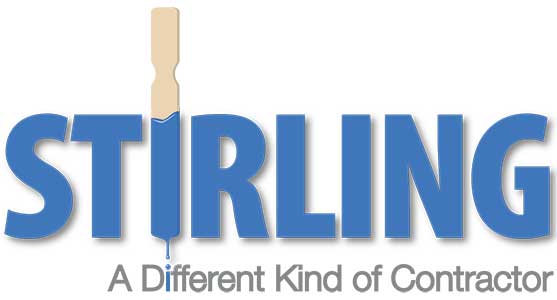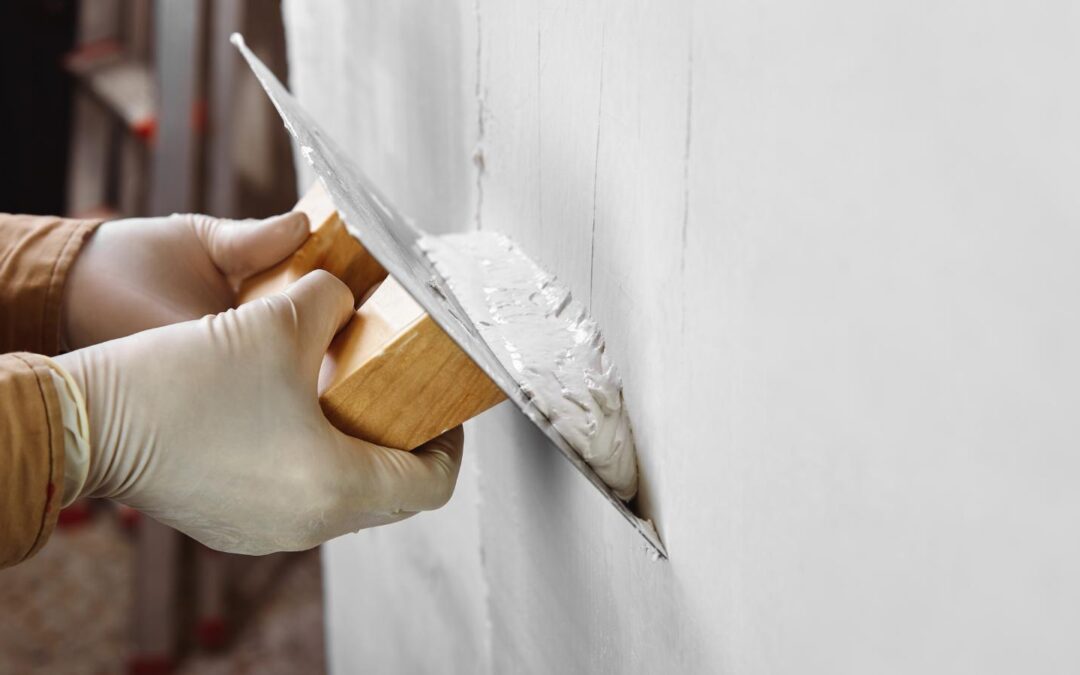Don’t ignore what your walls are trying to tell you.
Plaster walls have been a staple of homes for centuries. They’re beautiful, durable, and add a timeless charm you just can’t replicate with drywall. But even the strongest materials need a little TLC now and then—and if you live in an older home (or one that’s seen a few seasons of wear and tear), your plaster might be signaling it’s time for a repair.
Here are some key signs that your plaster walls or ceilings might need attention—and why it’s important not to put it off.
1. Cracks in the Plaster
Small hairline cracks? Pretty common and usually not urgent. But when those cracks start to:
-
Widen or spread
-
Form stair-step patterns
-
Appear near windows, doors, or ceilings
…it’s time to pay attention.
These could be signs of settling, moisture damage, or even foundation issues. And the longer you leave them, the more complicated (and expensive) the repair can become.
2. Bulging or Sagging Areas
If part of your wall or ceiling looks like it’s bowing out or starting to dip, that’s a red flag. This usually means the plaster has detached from its backing (often wood or metal lath).
Left untreated, it can lead to full sections of plaster coming loose—and no one wants a chunk of ceiling falling during dinner.
3. Peeling or Flaking Paint
When paint starts to peel or bubble on plaster, it’s usually not just a paint problem—it’s a moisture problem. Water and humidity can cause the plaster underneath to break down, especially if the finish wasn’t sealed properly.
Look out for:
-
Blistered paint
-
Soft or powdery spots underneath
-
Persistent peeling in the same area
It’s not just unsightly—it could mean water is getting in somewhere.
4. Water Stains or Discoloration
Yellow or brownish stains on plaster walls or ceilings usually point to one thing: a leak. Whether it’s from a roof, pipe, or bathroom above, moisture is plaster’s enemy.
Beyond the cosmetic damage, water can weaken plaster, causing it to crack, crumble, or grow mold if not addressed quickly.
5. Crumbling or Powdery Texture
Run your hand over your plaster wall. If it feels rough, dusty, or starts to powder off, that means the material is deteriorating. This can be caused by age, water damage, or improper maintenance over time.
Not only does this affect the appearance, but it also weakens the structural integrity of the wall.
6. Holes or Damage from Anchors and Fixtures
If your walls are full of old nail holes, anchor bolts, or damage from removed fixtures, it might be time for more than just a touch-up. Repeated patching can weaken the surrounding plaster, and over time, these small holes can turn into larger problem areas.
A professional plaster repair can smooth everything out and restore a seamless surface.
7. You’re Planning a Paint or Renovation Project
Even if your plaster isn’t showing major signs of damage, it’s smart to repair minor imperfections before painting or remodeling. Smooth, well-prepped walls will make a huge difference in how your final finish looks.
Why Timely Plaster Repair Matters
Plaster is a beautiful, historic material that adds value and character to a home. But once it starts to break down, it can lead to:
-
More costly repairs
-
Mold growth
-
Structural issues
-
A less comfortable living space
By catching issues early and investing in proper repair, you preserve your home’s integrity and charm for years to come.
Final Thoughts
If you’re seeing any of the signs above, don’t wait—plaster problems rarely fix themselves. The good news? With professional repair, your walls can look just as good as (or better than) new.



Recent Comments